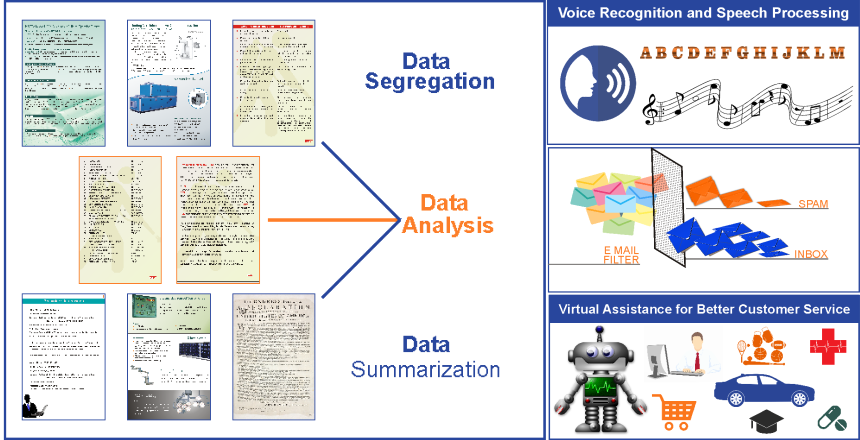Natural language is one of the many ‘interface styles’ that can be used in the dialog between a human user and a computer. The processing done to understand the text sent through a Natural Language Interface (NLI) is what is called as Natural Language Processing (NLP), which is the part of Artificial Intelligence that deals with language. NLP allows the computer to understand human language, words, and terms and identifies patterns of the language. For a detailed explanation of what is a Natural Language Interface and it’s merits and limitations, pl read our 3-part series of blog posts.
Every time you ask a virtual assistant like, Google, Siri, Cortana, Alexa (all of which are natural language interface based applications) to give suggestions, or ask directions, NLP with Deep Learning runs behind the virtual assistant or the app to give you the right answer or to give you the exact information you are looking for.
Conversational Marketing is an upcoming trend that involves AI-enabled tools and systems that helps businesses to offer more personalized services to the customer. 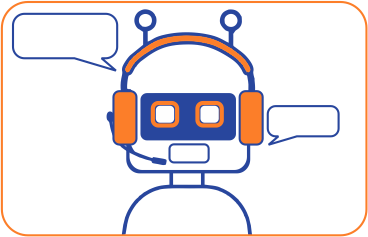 A few years ago, Google introduced effective Google searching by making use of right keywords structured with Boolean search terms like AND, OR, NOT. This made searching easier and faster. Later Google introduced semantic search which allowed the algorithm to understand the association between word and terms. Since then users can ask questions in natural language like what’s the weather today, what are the cheapest flights to London, give me a list of nearby restaurants etc. Now the search engines, apps, and systems understand exactly what humans want to ask or say and respond accordingly through what is being called as natural language search.
A few years ago, Google introduced effective Google searching by making use of right keywords structured with Boolean search terms like AND, OR, NOT. This made searching easier and faster. Later Google introduced semantic search which allowed the algorithm to understand the association between word and terms. Since then users can ask questions in natural language like what’s the weather today, what are the cheapest flights to London, give me a list of nearby restaurants etc. Now the search engines, apps, and systems understand exactly what humans want to ask or say and respond accordingly through what is being called as natural language search.
Tractica’s analysis indicates that the global spending on NLP software, hardware and services would reach around $43.3 billion by 2025. 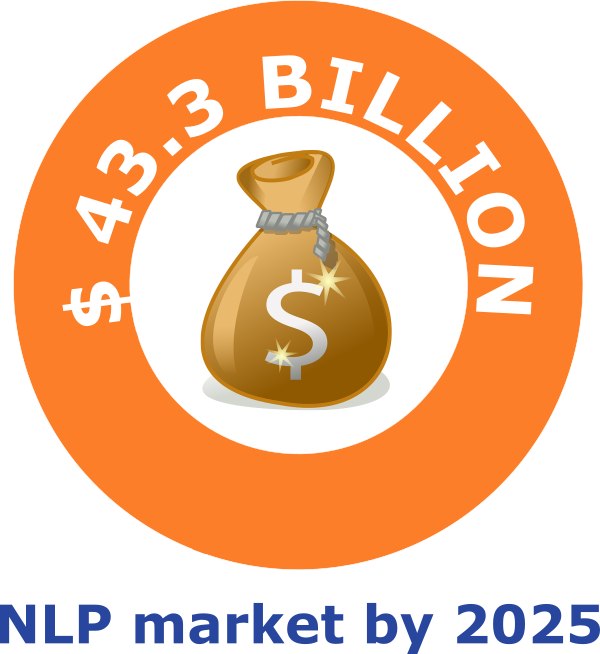 It also suggests some use cases of NLP across various industries that are:
It also suggests some use cases of NLP across various industries that are:
- Voice/speech recognition
- Image content recognition
- Virtual Digital Assistants & Customer service agents
- Data research and analysis
- Automated reports
- Reducing paperwork into Digital Data
NLP integrated with Deep Learning allows the business to understand the customer at the micro level. Deep learning allows segregation of large volumes of data and helps in analyzing it based on the data patterns. This integration helps in creating better and effective communication with the customers.
Below are some of the areas where implementing a Natural language interface could help in effective gathering and analysis of data using NLP.
NLP will help reduce or completely remove the barrier to entry for Big Data and Business Intelligence. Several companies are taking advantage of this trend and are ensuring that data is more user-friendly and easily accessible. Now, you can easily get answers to queries anytime, anywhere by having a conversation with an AI-enabled Chatbot. Queries can now be asked in natural language either in the form of Text or Voice and information can be stored in the cloud.
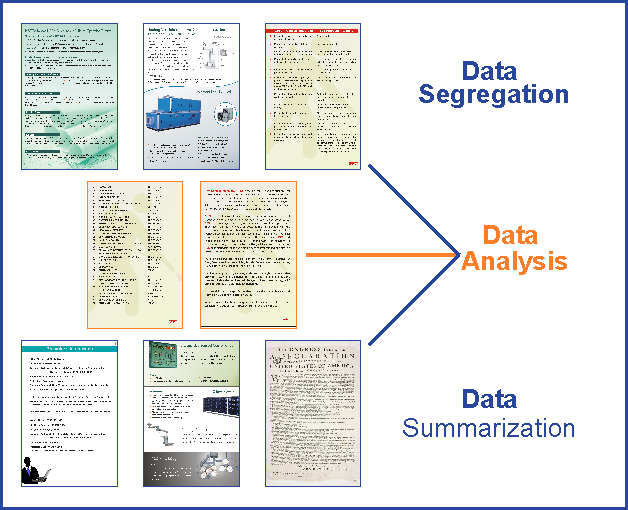 NLP has the ability to read and understand natural language texts and voice and summarize the long-texts into short pieces of information. One of the successful implementations of NLP is identifying named entities in textual documents. Named entities are referred to as names of people, organizations, places, and specific events identified on the basis of linguistic context. NLP gathers data from several sources and summarizes it for business to understand customers better. NLP also helps in summarizing of Social media chatter from public domains to gather customer information and analyze customer behavior analysis for their products & services.
NLP has the ability to read and understand natural language texts and voice and summarize the long-texts into short pieces of information. One of the successful implementations of NLP is identifying named entities in textual documents. Named entities are referred to as names of people, organizations, places, and specific events identified on the basis of linguistic context. NLP gathers data from several sources and summarizes it for business to understand customers better. NLP also helps in summarizing of Social media chatter from public domains to gather customer information and analyze customer behavior analysis for their products & services.
It allows businesses to understand specific interests and choices customers make. NLP does data mining and helps in identifying the subjective information about its brand on a global public platform. 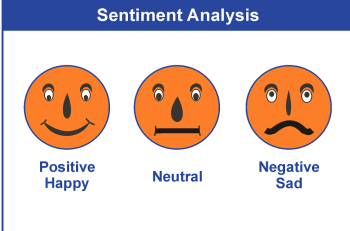 Sentiment Analysis is mostly used in Social Media monitoring to extract information that is shared through texts or emoticons on a social media post or page. This is to analyze the customer’s attitude and responses that he/she gives for certain products or services. Listening to the customer’s voice, understanding the sentiment behind it is necessary to get closer to the customer. This allows brands to perform social segmentation and send more targeted and personalized campaigns. Marketers can now identify propensity signals from several social media posts or through customer satisfaction surveys that lead to social engagement and social prospecting solutions.
Sentiment Analysis is mostly used in Social Media monitoring to extract information that is shared through texts or emoticons on a social media post or page. This is to analyze the customer’s attitude and responses that he/she gives for certain products or services. Listening to the customer’s voice, understanding the sentiment behind it is necessary to get closer to the customer. This allows brands to perform social segmentation and send more targeted and personalized campaigns. Marketers can now identify propensity signals from several social media posts or through customer satisfaction surveys that lead to social engagement and social prospecting solutions.
At present NLP converts text or voice into machine language, but in the next few days, NLP using AI will actually understand what the human wants to say. It will give exact answers to human queries rather than just search results. Once NLP successfully understands semantic relations between the words and the inferences behind the question, it will start answering more intelligently and with precision. For a Natural language question, you will get an intelligent natural language answer.
NLP allows machines to read and understand unstructured data. Unstructured data are messy and so complex that they don’t fit into the standard row & column format and include loads of information likes, texts, voices, and some thousand words. NLP understands every single word, tone and identifies a pattern and segregates data by analyzing the meaning behind the words (the cognitive way). By doing so, NLP understands grammar, figures of speech and even performs sentiment analysis.
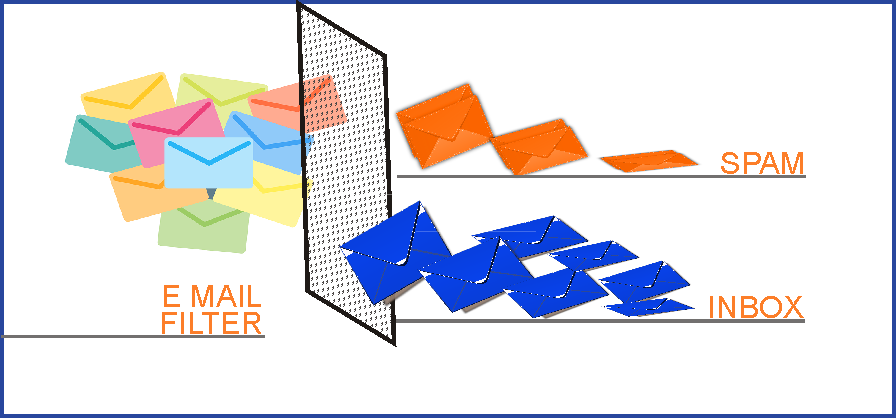 One of the common use cases of NLP, Email filters are used to reduce spam emails. NLP recognizes words in the emails, analyzes the words and segregates the emails by avoiding spam emails. Google & Yahoo use this technology to filter spam emails before they even enter your email box.
One of the common use cases of NLP, Email filters are used to reduce spam emails. NLP recognizes words in the emails, analyzes the words and segregates the emails by avoiding spam emails. Google & Yahoo use this technology to filter spam emails before they even enter your email box.
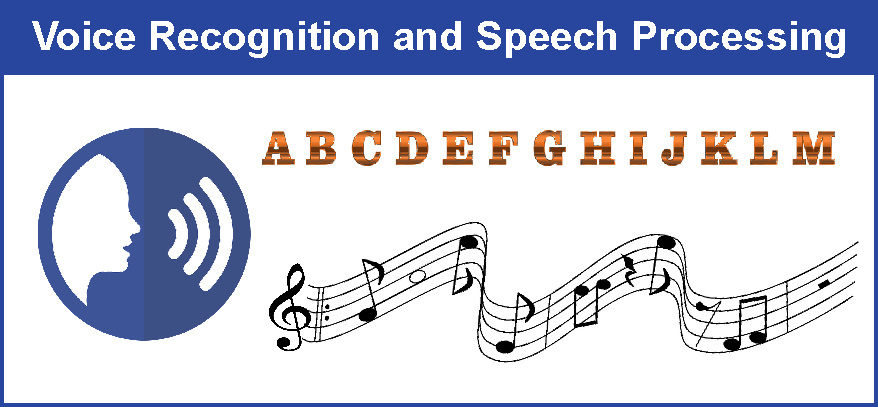 Voice or Speech processing allows virtual assistants to convert verbal speech into actions and help companies create voice-driven interfaces. This technology allows apps to convert your voice request in specific search terms and gives you appropriate recommendations.
Voice or Speech processing allows virtual assistants to convert verbal speech into actions and help companies create voice-driven interfaces. This technology allows apps to convert your voice request in specific search terms and gives you appropriate recommendations.
 Given the technological advances being made in NLP, today humans can hardly distinguish who is on the other side of the call or chat. Chatbots (which are a prime example of applications that implement natural language interface) can easily read the text in the natural language and also recognize voice tone. Emotionally intelligent Chatbots act as virtual customer service agents and interact with customers and solve complex queries. In the future, these bots can also be used for technical support where they will be able to provide situation based flexible responses and services.
Given the technological advances being made in NLP, today humans can hardly distinguish who is on the other side of the call or chat. Chatbots (which are a prime example of applications that implement natural language interface) can easily read the text in the natural language and also recognize voice tone. Emotionally intelligent Chatbots act as virtual customer service agents and interact with customers and solve complex queries. In the future, these bots can also be used for technical support where they will be able to provide situation based flexible responses and services.
In summary, it seems that in the near future, we shall find natural language interface based applications with the text processing done through NLP, will be increasingly used by all industry sectors for better segregation & understanding of data – as it is used to track new data, gather comments, and collect reports and files that can be further used to predict profits for the business.

